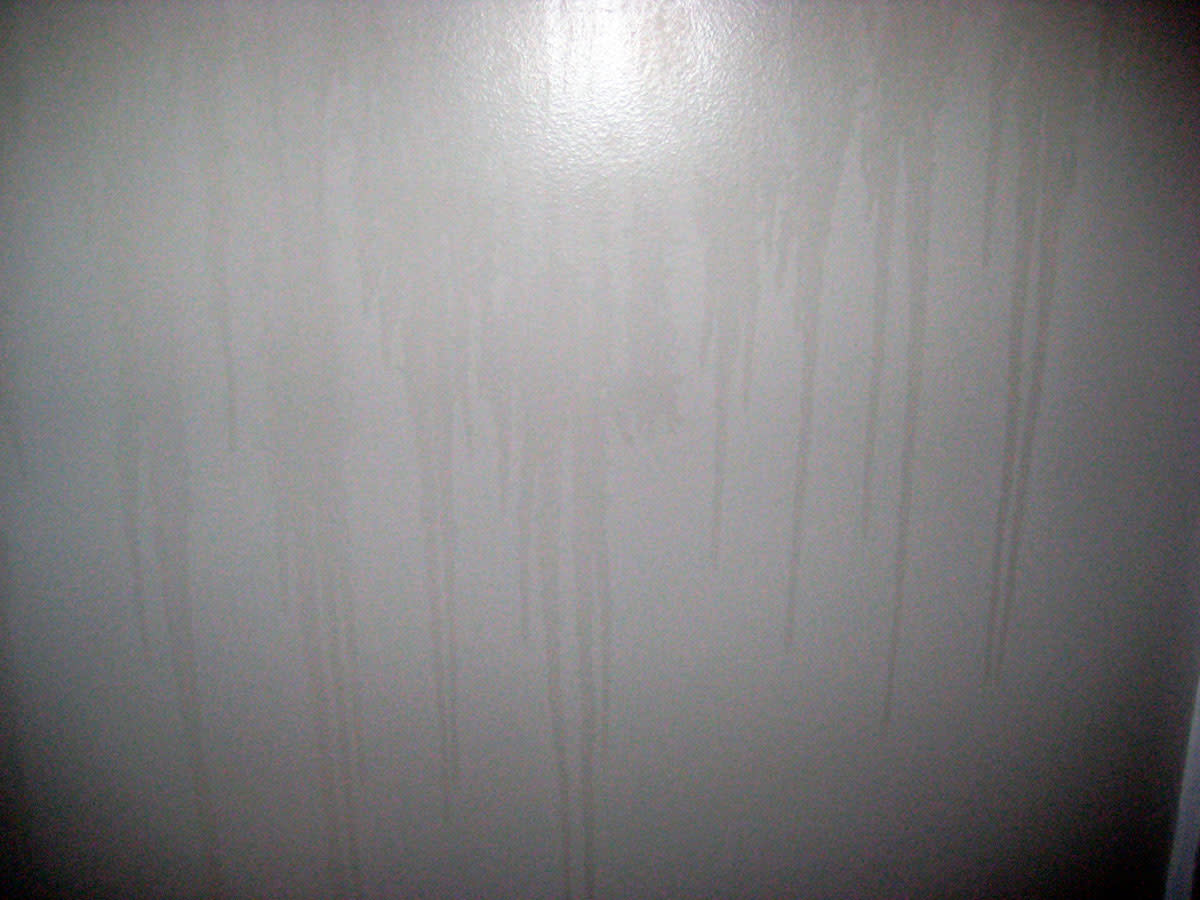Factors Influencing Surfactant Leaching in Bathrooms: Paint Surfactant Leaching Bathroom

Surfactant leaching from paint in bathrooms is a complex phenomenon influenced by various environmental factors. The presence of moisture, temperature fluctuations, and the use of cleaning products all contribute to the rate at which surfactants migrate from the paint film into the surrounding environment. Understanding these factors is crucial for mitigating leaching and ensuring the long-term performance and safety of bathroom paints.
Humidity and Temperature
Humidity and temperature play a significant role in surfactant leaching. High humidity levels, prevalent in bathrooms, can lead to increased water absorption by the paint film. This absorbed water acts as a solvent, facilitating the movement of surfactants from the paint matrix to the surface. Similarly, elevated temperatures can accelerate the rate of surfactant diffusion, as higher temperatures increase the kinetic energy of molecules, making them more likely to move.
Water Exposure
Direct water exposure, whether from showers, baths, or spills, can significantly contribute to surfactant leaching. Water acts as a solvent, dissolving surfactants and carrying them away from the paint surface. The frequency and duration of water exposure can significantly impact leaching rates.
Cleaning Products
Cleaning products used in bathrooms can also contribute to surfactant leaching. Many cleaning products contain surfactants, which can interact with the surfactants in the paint, potentially increasing their mobility and leaching. The chemical composition and pH of cleaning products can influence their interaction with the paint film.
Paint Type
The type of paint used in bathrooms can affect the rate of surfactant leaching. Latex paints, commonly used in bathrooms, are generally more susceptible to leaching than oil-based paints. Latex paints have a higher water content, making them more prone to water absorption and surfactant diffusion. Oil-based paints, on the other hand, form a more durable and less permeable film, reducing the risk of leaching.
Potential Impacts of Surfactant Leaching in Bathrooms

Surfactant leaching from paint in bathrooms can have several negative consequences, affecting both human health and the environment. The presence of these chemicals in the bathroom environment can lead to various issues, including potential health risks, aesthetic deterioration, and reduced durability of paint films.
Health Risks Associated with Surfactant Leaching
Surfactant leaching can pose health risks, particularly for individuals with sensitive skin or respiratory systems. Some surfactants are known to be irritants or allergens, potentially causing skin rashes, eye irritation, or respiratory problems.
- Skin irritation and allergies: Some surfactants can irritate the skin, causing rashes, redness, or itching. Individuals with sensitive skin are more susceptible to these reactions.
- Eye irritation: Contact with surfactant-laden water or droplets can irritate the eyes, causing redness, burning, or itching.
- Respiratory problems: Inhaling surfactant-laden air, especially in enclosed spaces like bathrooms, can trigger respiratory issues like coughing, wheezing, or difficulty breathing, particularly in individuals with asthma or other respiratory conditions.
Impact on Aesthetic Appearance of Bathroom Surfaces
Surfactant leaching can affect the aesthetic appearance of bathroom surfaces. The leaching of surfactants can lead to discoloration, staining, and a dulling of the paint film, diminishing the overall appearance of the bathroom.
- Discoloration and staining: Surfactants can interact with the paint pigments, leading to discoloration or staining on the bathroom surfaces.
- Dulling of the paint film: The leaching of surfactants can also cause the paint film to become dull and less glossy, reducing the overall aesthetic appeal of the bathroom.
Impact on Durability and Longevity of Paint Films
Surfactant leaching can also compromise the durability and longevity of paint films. The leaching of surfactants weakens the paint film, making it more susceptible to damage and premature failure.
- Weakening of the paint film: Surfactants can weaken the paint film by disrupting the polymer chains that make up the paint, making it more vulnerable to cracking, peeling, and chipping.
- Reduced adhesion: The leaching of surfactants can also reduce the adhesion of the paint film to the substrate, making it more prone to peeling or flaking.
- Increased susceptibility to moisture damage: Surfactant leaching can make the paint film more susceptible to moisture damage, leading to mold growth or mildew formation.
Environmental Consequences of Surfactant Leaching, Paint surfactant leaching bathroom
Surfactant leaching can have negative environmental consequences, particularly when these chemicals enter water bodies. Surfactants can contribute to water pollution, harming aquatic life and disrupting ecosystems.
- Water pollution: Surfactants entering water bodies can disrupt aquatic ecosystems by reducing dissolved oxygen levels, harming fish and other aquatic organisms.
- Toxicity to aquatic life: Some surfactants are toxic to aquatic life, even at low concentrations, potentially causing mortality or developmental abnormalities in fish and other organisms.
- Bioaccumulation: Surfactants can bioaccumulate in the food chain, potentially causing harm to higher trophic levels, including humans.
Paint surfactant leaching bathroom – Paint surfactant leaching into a bathroom can be a concern, especially when it comes to maintaining the overall aesthetic and hygiene of the space. If you’re planning a bathroom remodel, consider the layout and functionality of your master bedroom, bathroom, and closet by browsing through these master bedroom bathroom closet floor plans.
A well-designed space can minimize the potential for paint surfactant leaching and ensure a more enjoyable and healthy bathroom environment.
Paint surfactant leaching into your bathroom can be a frustrating problem, leading to a slippery floor and potential health concerns. While you tackle that issue, consider enhancing your bathroom’s comfort with heated towel rails for small bathrooms , which not only add warmth but also create a spa-like atmosphere.
Once you’ve addressed the surfactant issue, these stylish rails will make your bathroom a haven of warmth and relaxation.